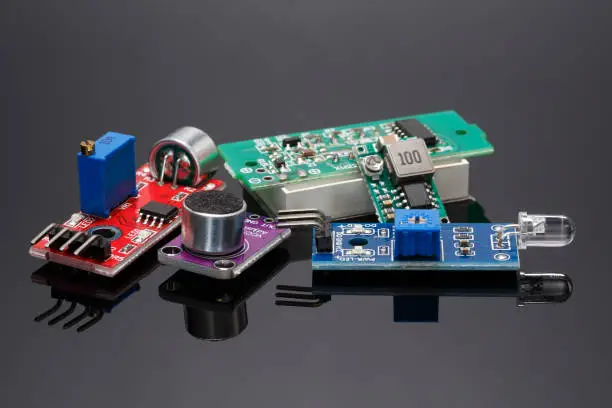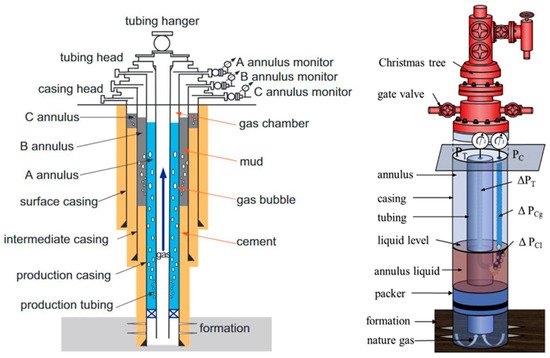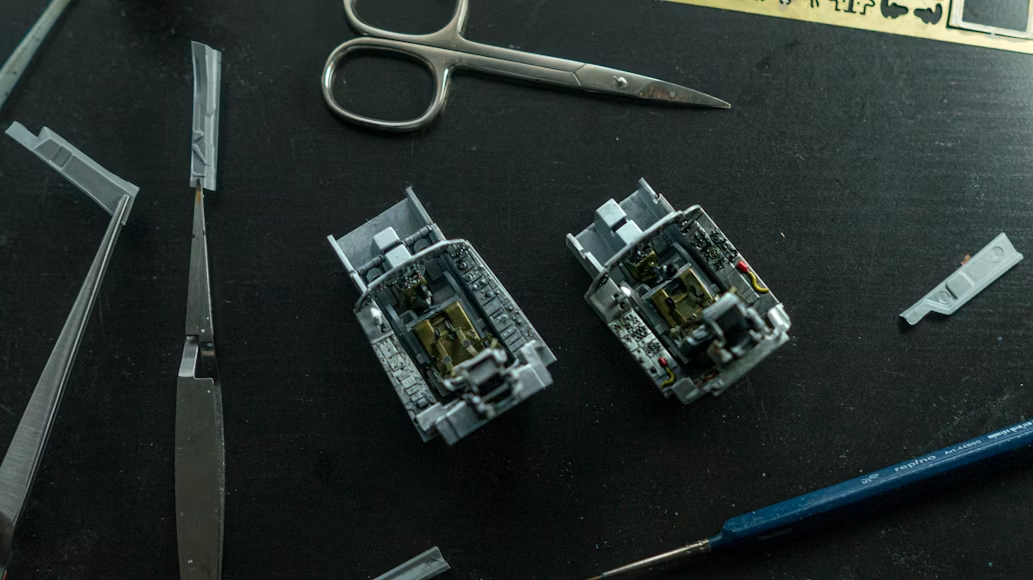The contactless measurement of Hall sensors plays an essential role in most modern electronic systems. Employees concerning automation, measurement, and even safety can rely on them greatly. Moreover, the contactless measurements alongside their precision make them durable for use in industrial applications.
B2B companies can construct accurate, efficient and mature systems with the help of understanding the working principles and applications of hall sensors. This article will explain how hall sensors function, their applications and the most fundamental principles for industrial solutions.
What Does A Hall Sensor Mean?
Hall Effect Sensors or Hall Sensors are transducers whose functions are to detect Hall effects. Hall sensors are known to sense both constant and varying magnetic fields. The system works due to the principle of the Hall effect. A magnetic field set up perpendicular to a conductor or semiconductor generates a current and voltage.
The voltage that is generated, referred to as the Hall voltage, has the capability of being detected and used for identifying the polarity, presence, and strength of a magnetic field. Due to the lack of moving parts, Hall sensors are highly reliable and require minimal maintenance, hence their preference in industrial settings.
Hall Sensors Classification
As with other devices, the Hall effect sensors are classified into various industrial application groups:
Digital Hall Sensors
These sensors operate in a binary setting by recognizing a magnetic field’s presence or lack thereof. Applying high and low signals. Digital hall sensors are used in basic identifier tasks such as motion-based position detection, speed detection, or revolutions counting.
Analog Hall Sensors
Unlike the Digital Hall Sensors, these types do not operate in a binary setting. They offer continuous voltage output relative to the strength of a magnetic field. This makes them perfect for evaluating the intensity of a magnetic field or recognizing a magnetic object’s position.
Linear Hall Sensors
Hall sensors that offer an output corresponding with the magnetic field’s strength are called linear hall sensors. They are useful for evaluating current in power systems, measuring displacement in machines, or measuring rotational angles in motors.
Most Popular Use Cases in B2B Services
Multiple industries such as automotive, manufacturing, medical technology, and even renewable energy all include hall sensors under their umbrella and use them for various B2B functions. As with most industrial applications, some of them include:
- Motor Control and Speed Detection
While working with electric motors, hall sensors measure and track the glorifying position alongside movement of the rotor. This creates and enables accurate dexterity control along with boosted efficiency, especially within automated production lines and robotic systems.
- Current Sensing
Within auxiliary power systems for industrial structures, there is great dependence and use of measurements along estimation sensors created with hall effect attributes. Their use is largely due to not having to establish direct electrical connection which improves safety alongside flexibility when it comes to design.
- Safety Systems
Within the scope of manufacture and the transport industry, hall sensors efficiently recognize the gaps and openings regarding doors, emergency halts, steep pedals, the presence of personnel and machinery within danger zones and other peripherals.
Hall sensors help a lot when it comes to the implementation of contactless detection of various activities such as linear movement or angular change.
For businesses looking for precision in magnetic measurement parts, there is a wide variety of options. The link provided delivers a general explanation alongside proximity switches solutions that involve hall sensors along with the other technologies mentioned.
Benefits of Hall Sensors in the Industrial Sector
Hall sensors offer a number of advantages that are greatly beneficial for industrial purposes.
High-Reliability
Due to the absence of mechanical contact in operation, hall sensors do not have friction or wear, which prolongs life and minimizes maintenance.
Diverse Applications
They can detect magnetic fields through non-metallic surfaces and so can be placed in sealed or protected housings for harsh or hazardous environments.
Higher Accuracy
As for other modern automated systems, precise and repeatable measurements are required even at high speeds or in electrically noisy environments, and hall sensors provide just that.
Smaller size
The use of external signal processing circuits can complicate the installation, but many hall sensors are offered in compact packages with integrated signal processing, which lessens the aforementioned need.
Due to those factors, the demand for hall sensors, especially in B2B sectors, has increased. OMCH seems to be bringing industrial-grade solutions for control systems, automation equipment, and sensors, as they are widely used in these systems.
Crucial Aspects to Keep in Mind When Choosing and Implementing an Idea
While applying hall sensors to industrial systems, engineers as well as the purchasing personnel need to consider a handful of deciding aspects:
Sensitivity and Range
Finding out if it is required that the sensor detects either weak or strong magnetic fields is important. Additionally, finding out the distance between the sensor and the magnetic field source is important too.
Output Type
Decide whether it is necessary to use analog or digital input/output for further signal manipulation. Some outputs have met with specific requirements while others are ratio-metric in nature, resulting in the need for supporting interface units like PLCs and microcontrollers.
Environmental Parameter
Check the degree of sensor’s cyclic endurance to extreme temperature, moisture contents, and dust and Ensa. Industrial sensors ideally need to conform to certain values, -67 IP or more, which is used for environmental protection standards.
Mounting and Size
Fitting for the form sensor should correspond with the design of the equipment. Flange-mounted, cylindrical and PCB compatible packages are all types of hall sensors which exhibit such housings.
Supply Voltage and Interface
The sensor’s voltage should correspond with the interfacing communication it uses. Powers up and relay contact outputs must for the controllers part supply suited ports to use at the same time making plugged leased inputs.
Employing sensors from reliable suppliers aids in the deliverance of performance, cost and connectivity of the sensor aiding in them balance choosing the best long lasting option. Best integrating the em interfaces enables easier linking easier applying em controllers then position sensors placed mounted makes better attachment with save working clamps provided with stationary helps tools make help giving forming diastolic receiving tools mechanisms disable form help enable.
Conclusion
By and large, Hall sensors are useful in non-contact industrial applications like detecting magnetic fields because of its precision and robust design. They add value to B2B businesses in every industry. Hall sensors add more safety, reliability, and efficiency to industrial structures when used in motor control, current sensing, and proximity detection.
With further advancement of automation and precision technologies, hall sensors will become a common component. Industrial companies looking for specific pier, guidance, and unwavering quality can count on OMCH:https://www.omchsmps.com/ru/path/proximity-switch/ .
If you want to learn more about using hall sensors and other related technologies for your company, the product page offered above contains that and other information.





